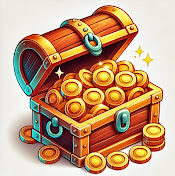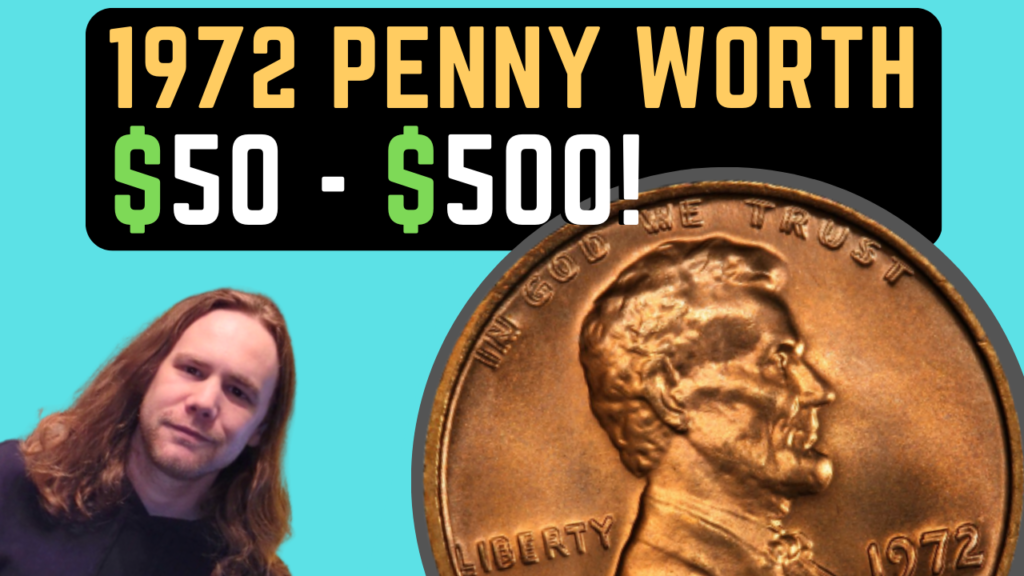
By CoinWeek…
Collectible arcade tokens form a unique and intriguing part of numismatics called exonumia. This field covers items that look like money—such as tokens, medals, military decorations, challenge coins, badges, or scrip—but aren’t official legal tender or government-issued bills.
Tokens first appeared due to money shortages or economic needs. In 19th-century America, for example, private makers created Hard Times Tokens (1832–1844) and Civil War Tokens (1861–1864). Sized like the one-cent coin, these circulated legally to fill gaps when official coins were scarce.
Arcade tokens, which found widespread use during the late 1970s “golden age of arcades” continued this tradition of “Good For” scrip, like vouchers for “One Quart of Milk” or “One Beer” tied to specific businesses. They serve as limited-use substitute money in closed systems and serve as an effective method to get customers to play more games and spend more money.
The Closed-Loop Token Economy
Arcade operators primarily adopted proprietary tokens to gain greater economic control. Tokens enabled dynamic pricing—offering flexible costs that were impossible with fixed-value government coins like quarters or dollar bills. For instance, owners could sell four tokens for a dollar (effectively discounting play) or bundle them into promotional packages for parties. This approach let them subtly adjust prices without drawing attention to the actual spending.

Additionally, by requiring token purchases upfront, operators centralized all cash transactions at a single cashier or vending machine. This simplified operations, making it easier to audit and secure money rather than dealing with scattered bills and coins inside dozens of individual game cabinets.
A major commercial advantage of tokens stems from their deliberate lack of fungibility. The explicit “No Cash Value” edict means that the money paid for the tokens is secured by the arcade operator upfront.
Crucially, the inherent lack of value outside the issuing establishment provided a strong security measure. If a cash box was compromised, the resulting pilfered currency was low-value proprietary metal, not fungible legal tender. This mechanism reduced the motivation for cash-box break-ins, thus protecting the machinery from damage and minimizing theft risk. As a side benefit, tokens also cut down on the use of slugs, but the practice of cheating the machines was not as prevalent as some accounts suggest.
The Decline of Arcades and the Digital Transition
While video game arcades were the heartbeat of a generation, their decline was foreseeable. A $5 billion industry in 1981 (the equivalent of $18.67 billion today), the sector shrank to a fraction of that by the end of the decade. The video game crash of 1983, caused by the overproduction of Atari consoles and games, indirectly hurt the industry. However, the rise of Nintendo and Sega in the 8-bit and 16-bit eras, along with the growing popularity of PC gaming, made the short-form, quarter-churning arcade experiences feel inferior to the home experience.
The arcade industry pushed back by offering gaming experiences that weren’t possible on home machines, such as the 4-player Simpsons Arcade beat-em-up, the technical wizardry of Street Fighter II, and the simulation-style cabinets of Hard Drivin’ and Afterburner. But even these games were eventually ported to home consoles—albeit without the expensive cabinets and the full “arcade experience.” By the mid-1990s, the number of operating arcades had declined from 24,000 to approximately 5,000.
Those that remained adapted to the new market realities, presenting the arcade component as part of a buffet of entertainment and dining options for adult and family clientele. Two of the most successful arcades to survive the changing market were Chuck E. Cheese (which emerged from Chapter 11 bankruptcy in 2011) and Dave & Buster’s. Both companies famously produced arcade tokens but abandoned the format in favor of digital payment cards that customers could load and reload using kiosks or service desks. The use of these cards further obscures the cost to play, as today’s complex, oversized games are more amusement-oriented than the skill-oriented “twitch” gameplay mechanics of the 1980s quarter munchers.
The consequence of this technological shift was twofold concerning the collectible market. First, it guaranteed that the mintage of historic tokens was finite. Second, the rapid closure and transition of thousands of arcades resulted in the eventual liquidation of immense stockpiles of common, general-use tokens. This influx of common, unused inventory has established a very low valuation floor for general-issue tokens, meaning collectors must specialize intensely in identifying rare, historically significant variants or error pieces to find items with genuine investment potential.
Collecting Arcade Tokens
It is my belief that arcade tokens will increase in collector interest as the video game collector market matures. The convergence of pop culture nostalgia and numismatics is nothing new and speaks to the popularity of GSA CC-Mint Morgan Dollars, Lincoln Wheat Cents, and Franklin Half Dollars, to name a few.
The valuation of collectible arcade tokens relies on the core principles of numismatics, which requires understanding the history, rarity, and condition of the item. But just as importantly as that, is the personal connection that certain tokens might have for player/collectors.
To my knowledge these is no definitive standard reference guide in print devoted to arcade tokens, but the website tokencatalog.com does a great job in listing more than 650,000 collectible tokens, including more than 1,600 U.S. arcade tokens. A few tokens that I’m looking for are from the Virginia amusement parks Kings Dominion and Busch Gardens, specifically from the opening of the parks through the mid 1990s, when I worked at each of them as a high school and college student.
What arcade tokens are you looking for? Let us know in the comments.
* * *
The post Quarter Up: Video Arcades and the Token Economy appeared first on CoinWeek: Rare Coin, Currency, and Bullion News for Collectors.




